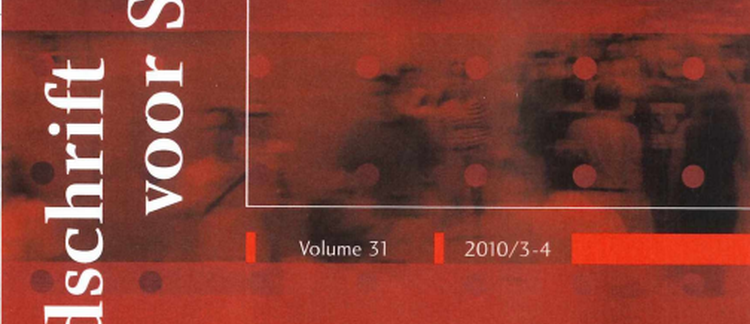Abstract
Using multi-level analysis of second-generation samples and a majority reference sample from the Belgian Census (N = 142485 in 201 municipalities), this article investigates the relations between structural municipality characteristics, ethnic density (local concentrations of the co-ethnic in-group) and second-generation school completion. Controlling for municipalities’ socio-economic composition, we find a positive association between municipality stability and quality and school completion. A pooled model moreover yields a positive effect of ethnic density on school completion. Separate analyses for each ethnic group, however, reveal differential results for the four groups under study in line with different modes of incorporation as described by segmented assimilation theory. Belgian majority residential concentration coincides with high neighbourhood stability and quality and high completion rates; whereas Moroccan concentrations overlap with low levels of stability, quality and completion. Among the Turkish and Italian second generation, neighbourhood structure moderates ethnic density effects on school completion.
How to Cite:
Fleischmann, F. & Phalet, K. & Neels, K. & Deboosere, P., (2010) “Etnische onderwijsongelijkheid in context: de rol van structurele gemeentekenmerken en etnische compositie”, Tijdschrift voor Sociologie 31(3-4), 295–329. doi: https://doi.org/10.21825/sociologos.86761
Downloads:
Download PDF
View
PDF


